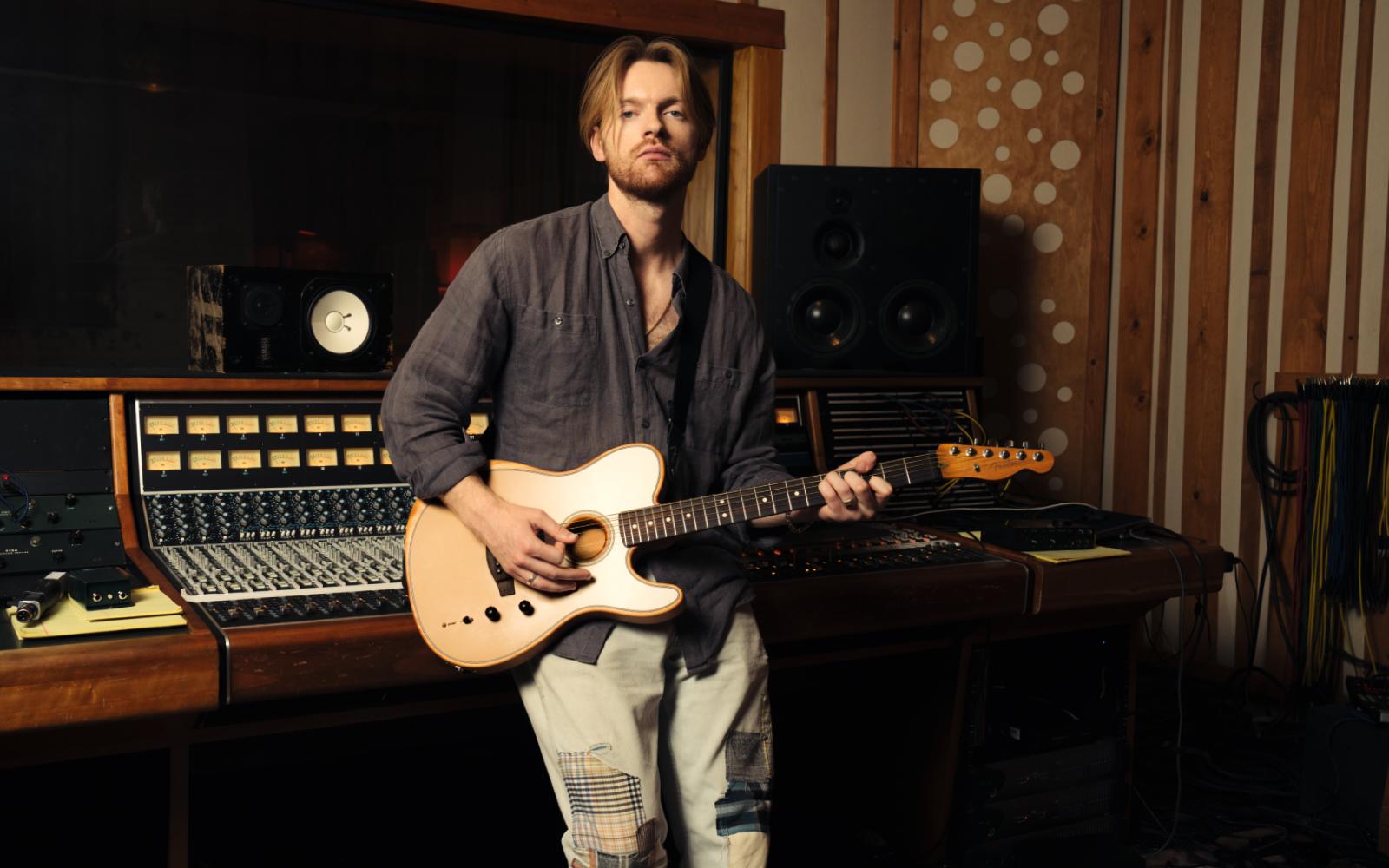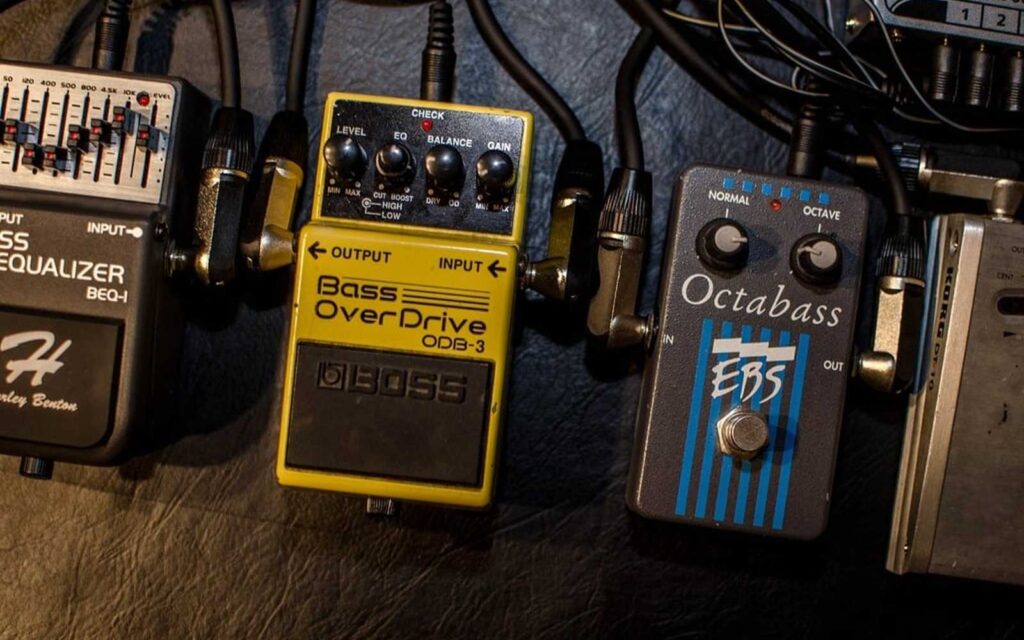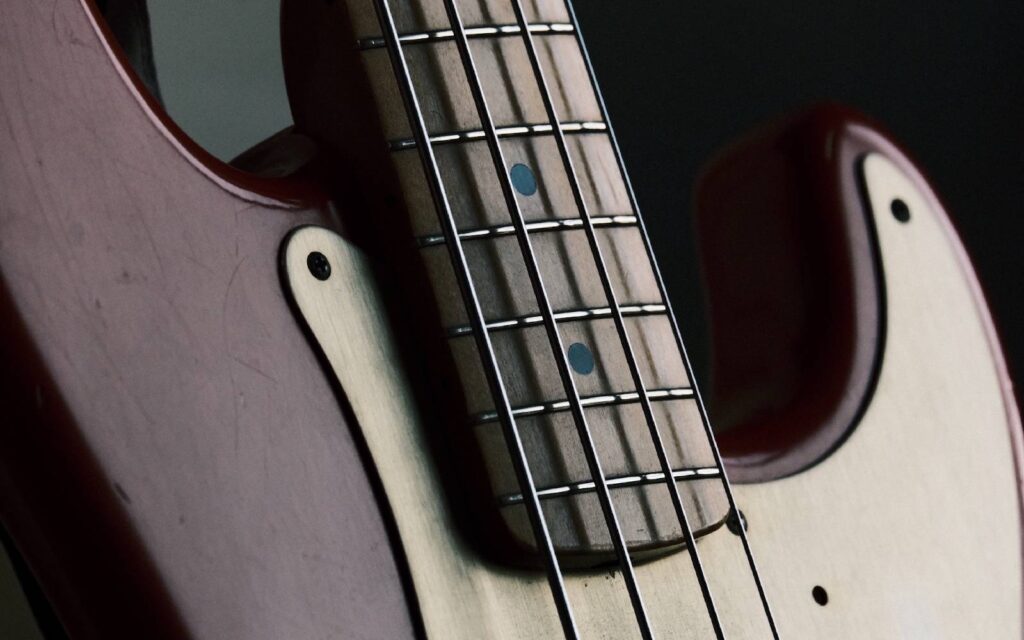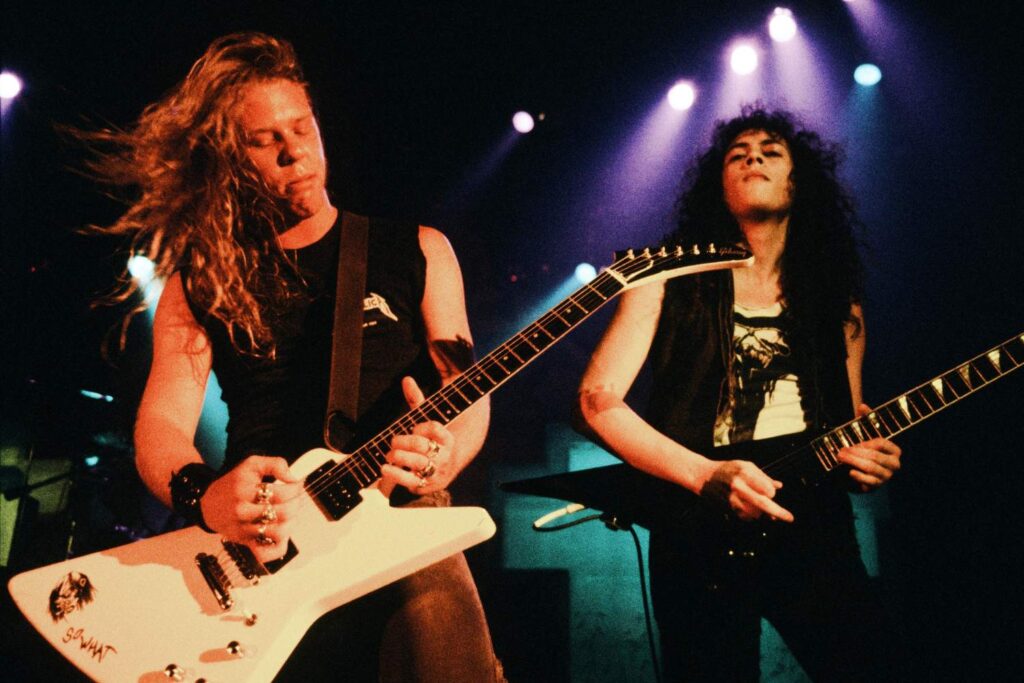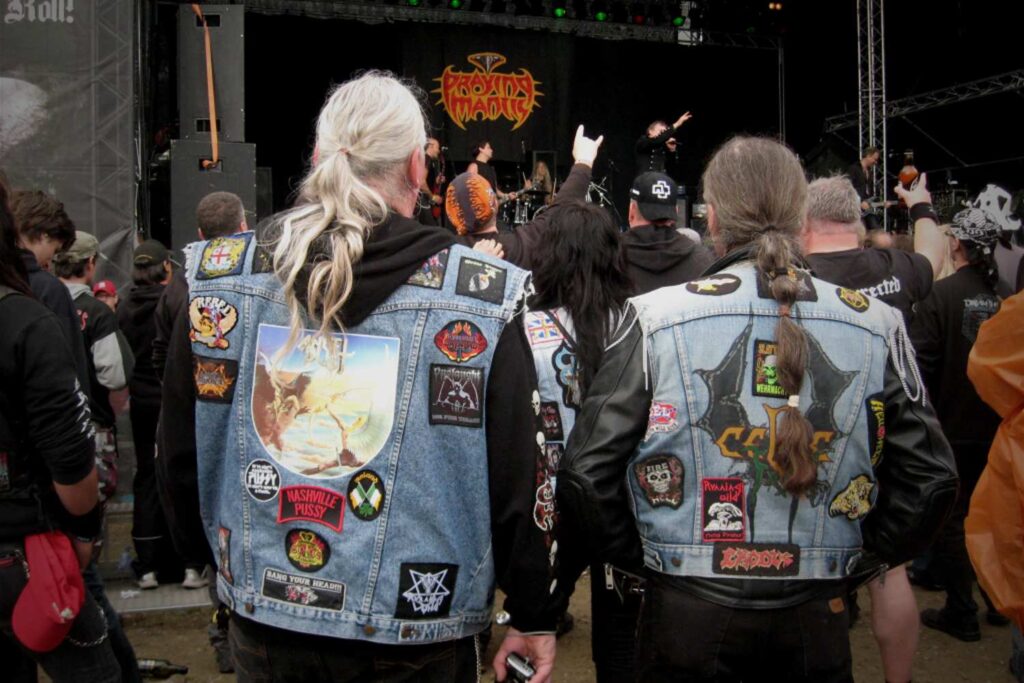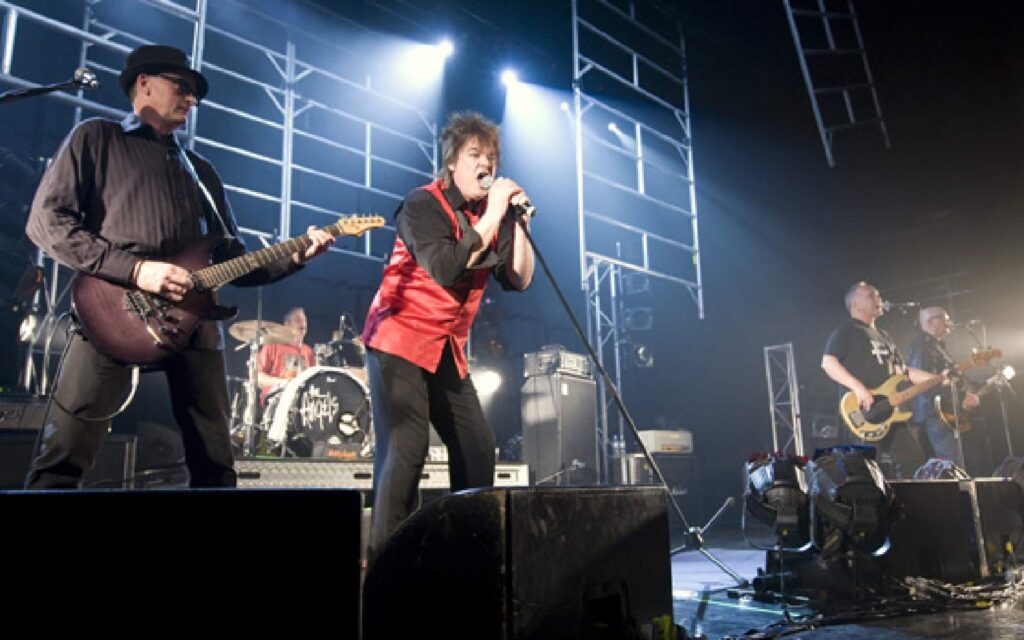Finneas is a producer who’s playing a role in changing the face and sound of modern pop.
Along with luminaries and peers like Jack Antonoff (Taylor Swift, Lana Del Ray, Florence and the Machine) and Dan Nigro (Chappell Roan, Olivia Rodrigo), Finneas has produced and engineered Grammy-winning music for his sister Billie Eilish, as well as music for Halsey, Selena Gomez and Bruno Major.
Along with all this, Finneas is also a songwriter and musician, and now Fender signature Artist, in his own right. With a penchant for pushing the boundaries sonically, it’s no wonder Finneas was attracted to one of Fender’s more recent innovations: the Acoustasonic. The Fender Finneas Acoustasonic range is available now, in both USA and Player Series models. But as a player, producer, songwriter and more, how does Finneas define himself while switching between the hats of musician, songwriter, producer and more?
Read more features, columns and interviews here.
“I say I’m a musician if someone really doesn’t have any idea who I am at all,” he begins. “And then if they’re like ‘Oh what do you do in music?’, I say I’m a producer/songwriter, [they’re] probably the core to my identity.”
“If someone were so outside the realm of music that they’re like ‘What is that?’ I would say I record music for people, and I write songs with artists and I write songs for myself, so that’s the way I would explain it.”
We laugh for a moment about Finneas’ level of fame, where a lot of people would already know him, what he does, and what he’s done. My question of his definition of his own work is fleeting as he’s publicly known enough to not really have to explain that to most people.
Billie Eilish
“I’m so much less famous than Billie, it’s insane.” he jests. “She is so heavily saturated, in terms of her face on billboards and her music is so widely known that just her namesake is pretty famous. And I think by contrast if people know what I look like, they know what I do, right? People probably know my name more than my face and my work more than my name.”
Working with a huge range of artists must surely be taxing, but Finneas is savvy enough to ensure he doesn’t fall into patterns, in order to keep the music fresh. Speaking to the songwriting process, Finneas explains further.
“Totally different every time.” he begins. “I think by virtue of— to not repeat myself, to not run out of juice.”
“The most common way,” he says, explaining how he begins a song. “I think what John Mayer refers to as “ouija board songwriting”. I sit at a piano or I hold a guitar and I sing words and I see what words come out, and I see what melodies come out, and then as soon as I like something, I use the thing I like as the first foundation building block.”
“Whether that be building musically, and I can come up with different chords or rhythm, or I build from a songwriting standpoint of writing other lyrics, other melodies. But I would say that’s the number one way.” Finneas says.
He speaks further to this, saying that John [Mayer] refers to it as ‘pretending you already have a song’, and that Finneas is oftentimes recording these ideas on a voice memo.
This workflow applies to both Finneas’ solo work, his work with sister Billie and other artists. Reading the room is a huge part of Finneas’ work, and understanding what the artist might need to get the song out. He explains that sometimes the start of the day is like a therapy session where he’s getting the artists on board with songwriting as well as their own feelings.
“The best stuff is on the other side of embarrassing yourself.” he says, having understood how vulnerable people need to sing the lyrics they really want to sing. Shifting to live performance, we discuss how important it is to translate what’s been produced and captured into a huge show.
FINNEAS Acoustasonic Collection
Finneas first used the Acoustasonic in 2019 and loved it immediately. The Acoustasonic is a huge innovation, tying together the best elements of electric guitars with acoustic guitars. While there’s been admittedly mixed reactions from players to the Acoustasonic, I want to know Finneas’ initial vibe.
“I’m always happy when someone brings up any level of controversy or negative reaction, otherwise it’s unspoken.” Finneas explains. “The reason I started using it was because it solved a problem for me, we were playing bigger and bigger shows, Billie and me.”
“And I play a lot of acoustic guitar in her show, and there was too much feedback. Billie sings incredibly quietly, so her mic is gained super high. She likes me to play super quietly on songs like “I Love You”, so I’m playing super soft, and a traditional acoustic guitar on stage is just humming, actually feeding back to bad.”
“You can mitigate it, but you have to mitigate it with a guitar with a type of pickup that I don’t like, or you have to put a rubber plug in the hole, so this was a problem.”
“The people at Fender were like ‘You should try this Acoustasonic’, and it solved the problem immediately.”
Finneas was won over, the guitar itself sounding great as well as eliminating a huge problem with the live show and ultimately allowing Billie and Finneas to perform how they want to perform.
From here, Finneas performed with the Acoustasonic extensively, and when the time came around to discuss a signature model, the only way was up for Finneas. Foundationally he saw no problems with the guitar at its core, but he did want to augment and add a few elements.
Finneas wanted to fill in the electric guitar component of the Acoustasonic, as well as choosing a few acoustic modelling sounds, and while they’re at it, adding emulation and “tech”, Finneas wanted to add some effects to the guitar, so he’s added a chorus emulation to the acoustic side of things, and a chorusey-flanger to the electric guitar element.
“You can roll that on, you can roll that off, and I think that accentuates, or maybe amplifies, how versatile it is. I have played it on many recordings and I find it to be a really fun instrument to record.”
“Recording you should be recording something for what it is, like if you’re reading an Acoustaonic; are you recording it for its super bright, cut-through-like-a-knife high end on a song? Or if you don’t have the room for the body of an acoustic?”

Finneas finds the Acoustasonic entirely usable as an electric guitar to record, but finds the place it’s an unbeatable option is live performance. He loves the idea of it being a no-brainer regardless of size of venue, from smaller local cafes to huge arenas; the Acoustasonic can serve him equally well.
“Here’s my acoustic song, here’s my electric song, here’s my acoustic song where in the middle I switch over to the electric… you can do the whole set on this guitar, and it really sounds good.”
“Another goal of mine was that I don’t really want a signature guitar on the back of people liking my music, or what I work on, I’d love to have a signature model that if you’d never heard of me, you’re [still] like ‘This is an effective model.’”
Finneas himself has played and owned signature models of artists that were simply that; refined and augmented guitars at their core instead of selling themselves on the back of a name or brand. He speaks further to seeing instruments from the point of view of a songwriter and producer instead of a shredder, and he’s after a Swiss-army-knife more than a delicate instrument for a virtuoso.
I bring things back to one of Mixdown’s favourite features, the on-board chorus, and I ask if Finneas is using it a lot in his work.
“I actually haven’t gotten to play live with this instrument,” Finneas begins. “But I’ve been taking it to sessions, and one of my favourite experiences, and I’ve had this several times now, because either I’m the guy at the desk or I’m the guy on the couch.” he explains with a smile.
“A couple times I’ve been the couch guy, and I’ll ask ‘Hey can I get a patch cord?’ and I just go DI straight in, and I’ve got the electric on, I’m riffing, I put the acoustic on and everytime I dial in the chorus, the person at the desk turns around. Like every time!”
“It’s such a satisfying feeling to have someone be like ‘What’s going on?’, ‘cause first of all, it sounds great, and second of all, they’ve just never seen a guitar be able to do that.”
“Also, because it’s not one of the switches, it’s a knob, so you can roll on 10% of it, or 50% of it, and it’s also really cool.”
Wrapping up, we speak to the role that the guitar plays in today’s music. While the 80s and 90s were decades of hard rock, heavy metal and punk, today’s music pulls from a wider palette, and Finneas is obviously finding a place for the Acoustasonic in his producing work.
“It’s a good question, someone was asking me earlier about where the guitar is in music, and… I started to articulate this, and I’ve then thought about it all day.”
“Modern music is popular music, right? The music of its time, which is separate from genres being invented. You look at a year like we’re having now, you got Sabrina Carpenter’s big hit song that has a bunch of guitar on it, a bunch of this Billie record is full of guitar. To me that isn’t that guitar music is coming back, it’s like ‘Does the music that’s popular in this time have guitar on it?’” muses Finneas.
“Like, when you hear a band or an older artist be like ‘People just don’t like guitar anymore’, you’re like ‘I think they don’t like your new songs’.” he laughs.
“I think instruments are a vehicle for your song, and then you look at what’s been happening this year with Mk.gee, and people are excited about somebody playing guitar in a way they haven’t heard ever. And that’s him melding it with amazing pedals, and he’s playing this cool modded baritone thing, and people are pretty hungry for what sounds good, right?”
“I think that’s what drew me to the Acoustasonic in the first place, I was like ‘This is a new category of thing, and if I do what I’ve done my whole career, which is re-invent the wheel, I could probably take this thing and do some real damage with it.’”
The Finneas Acoustic Collection is available now. Keep reading here.
